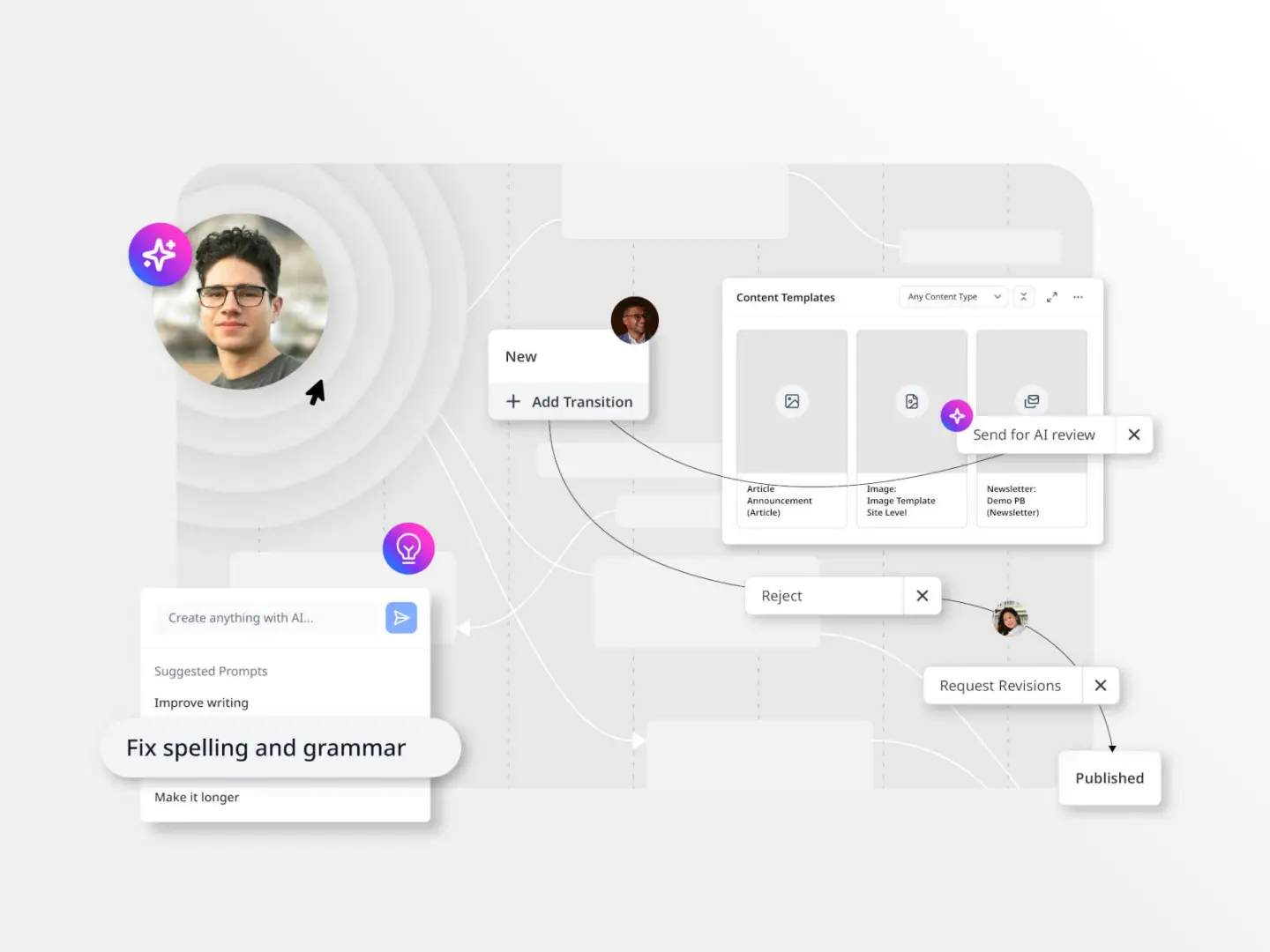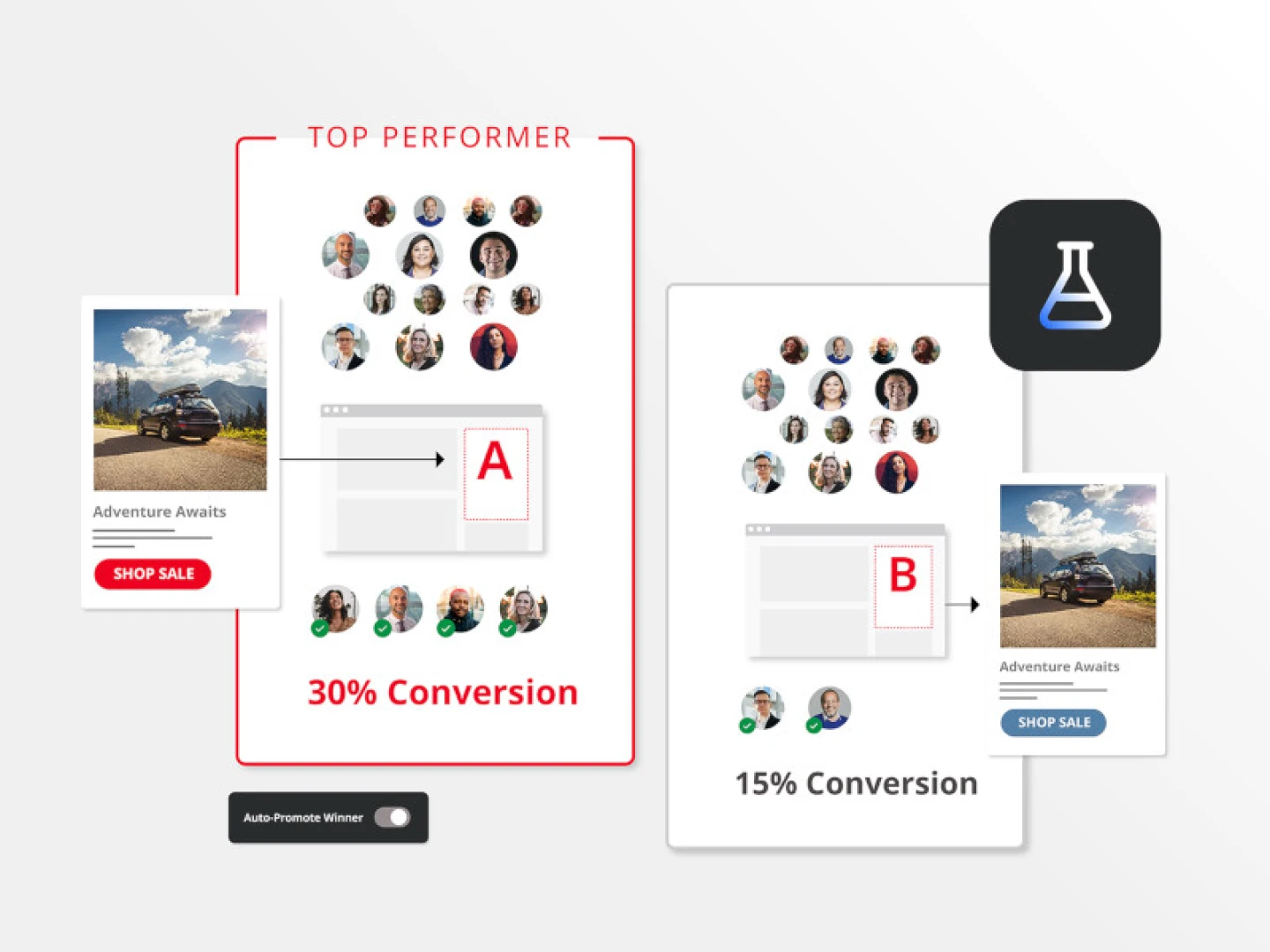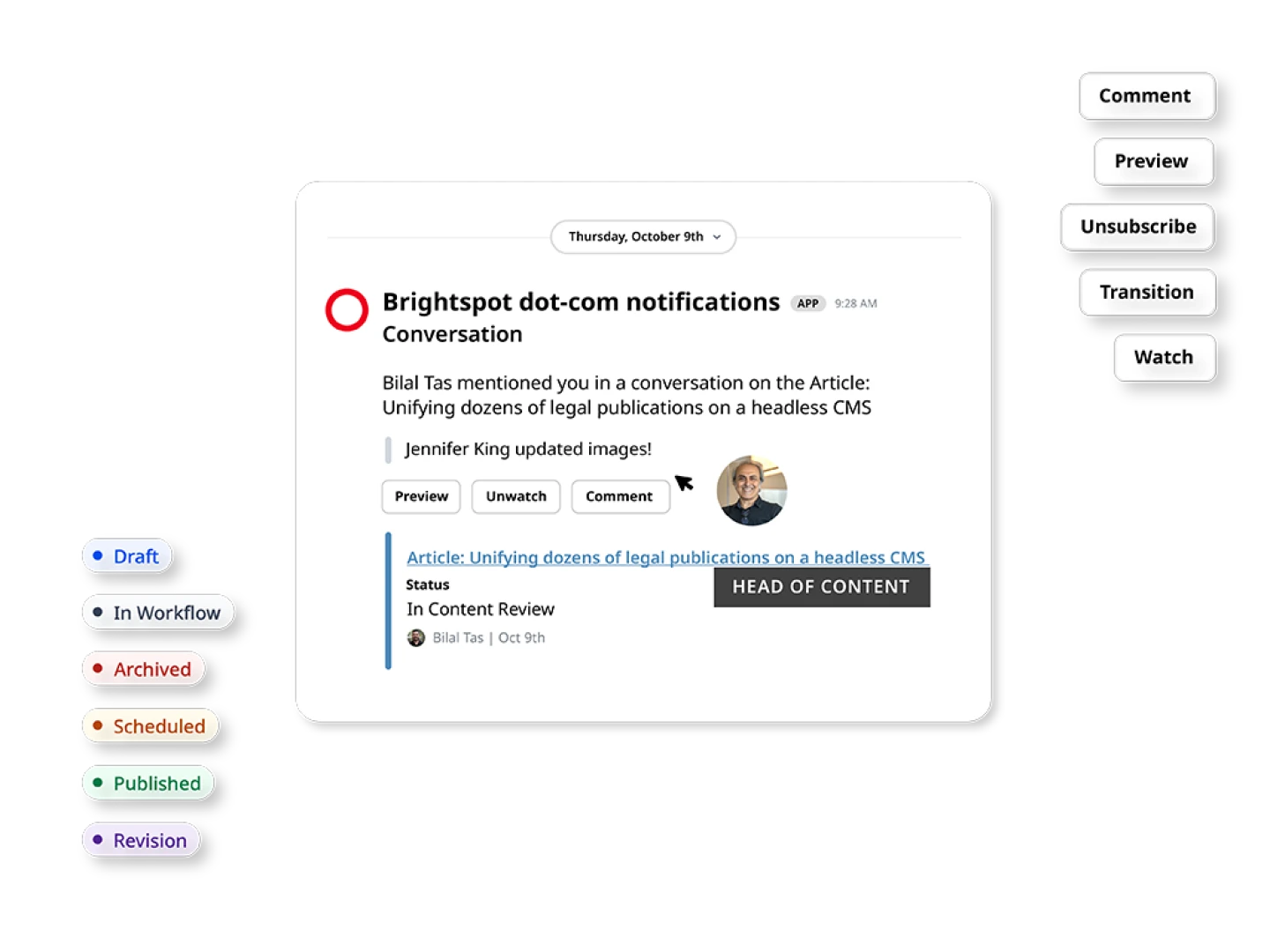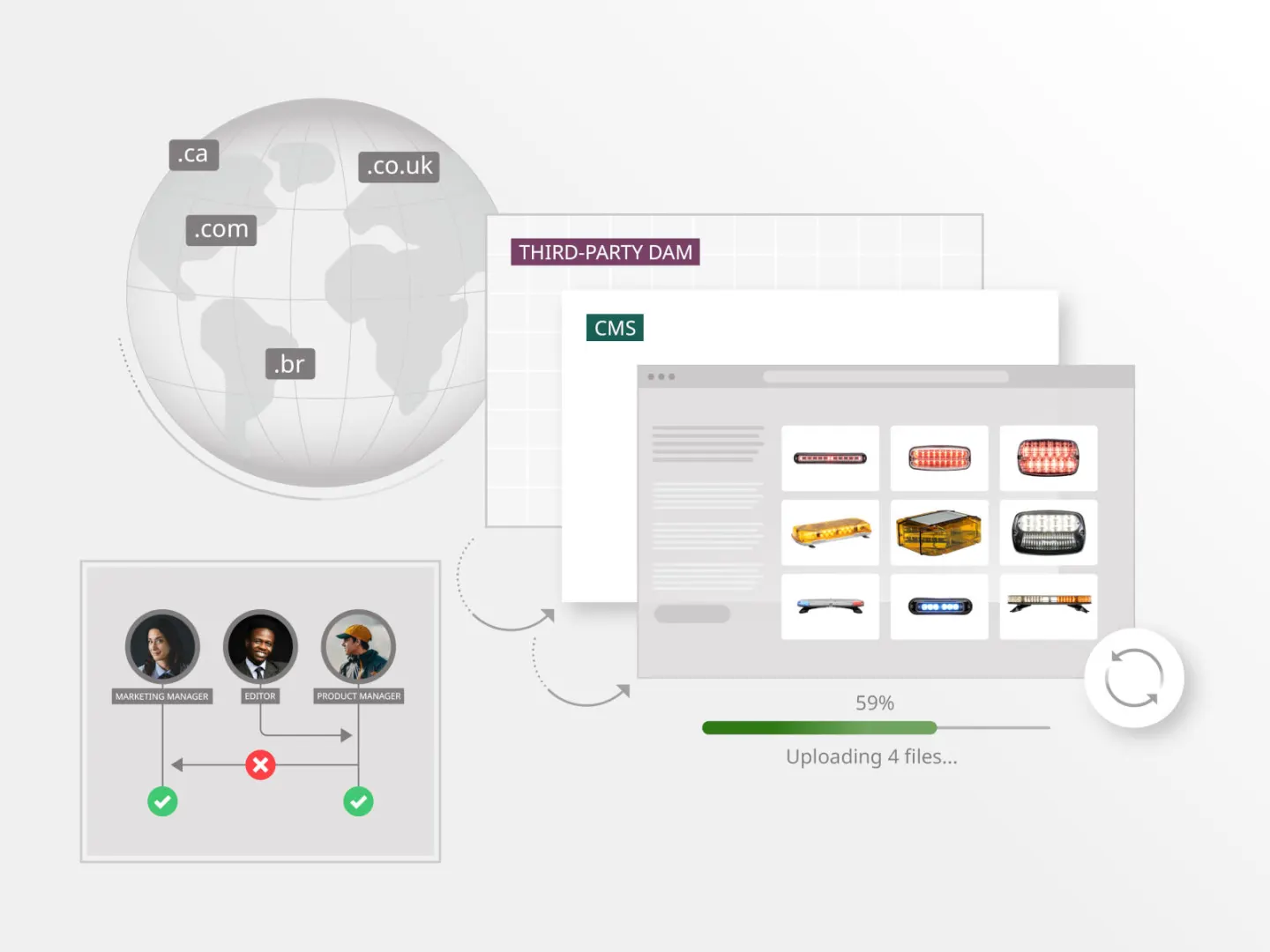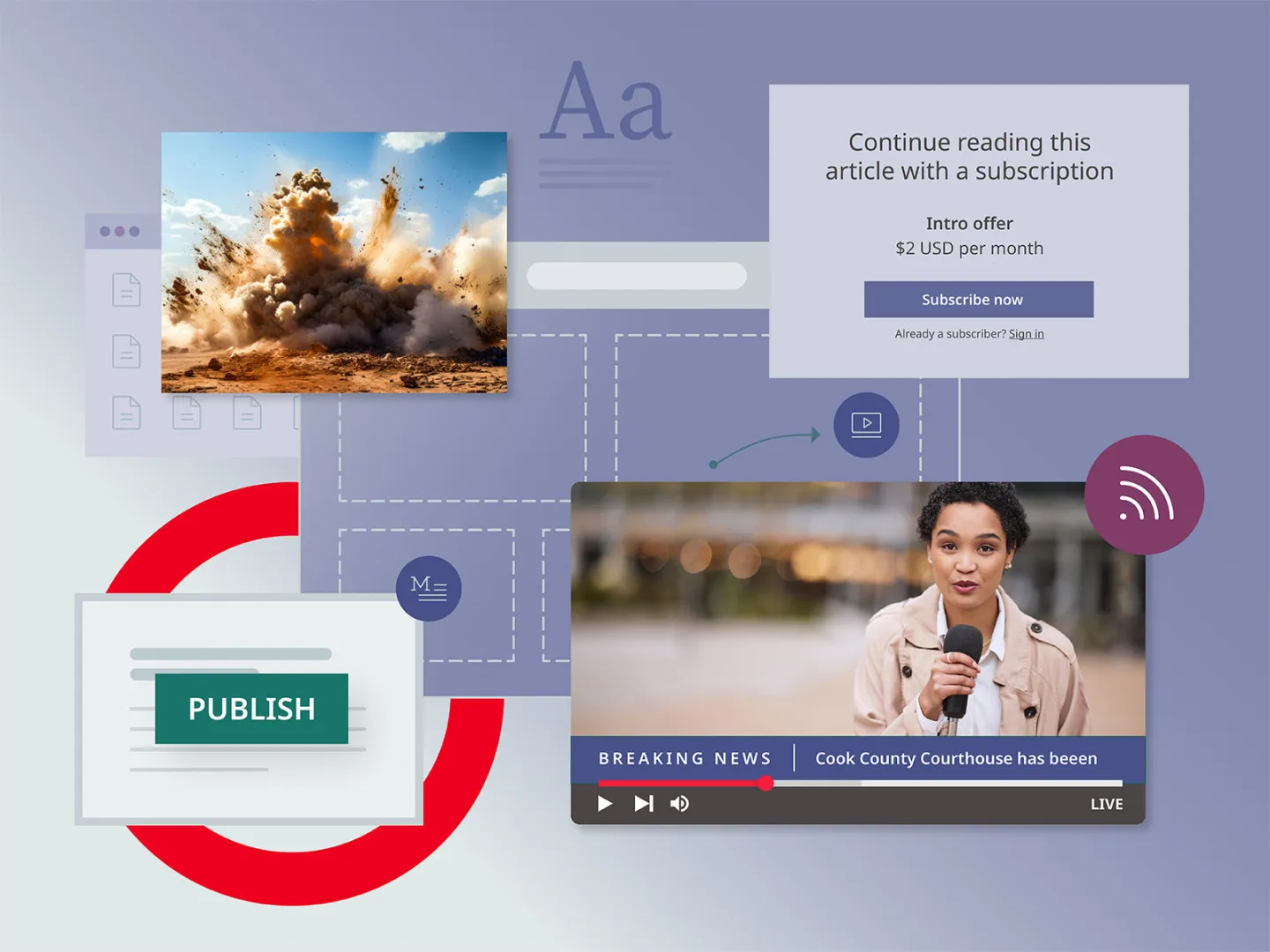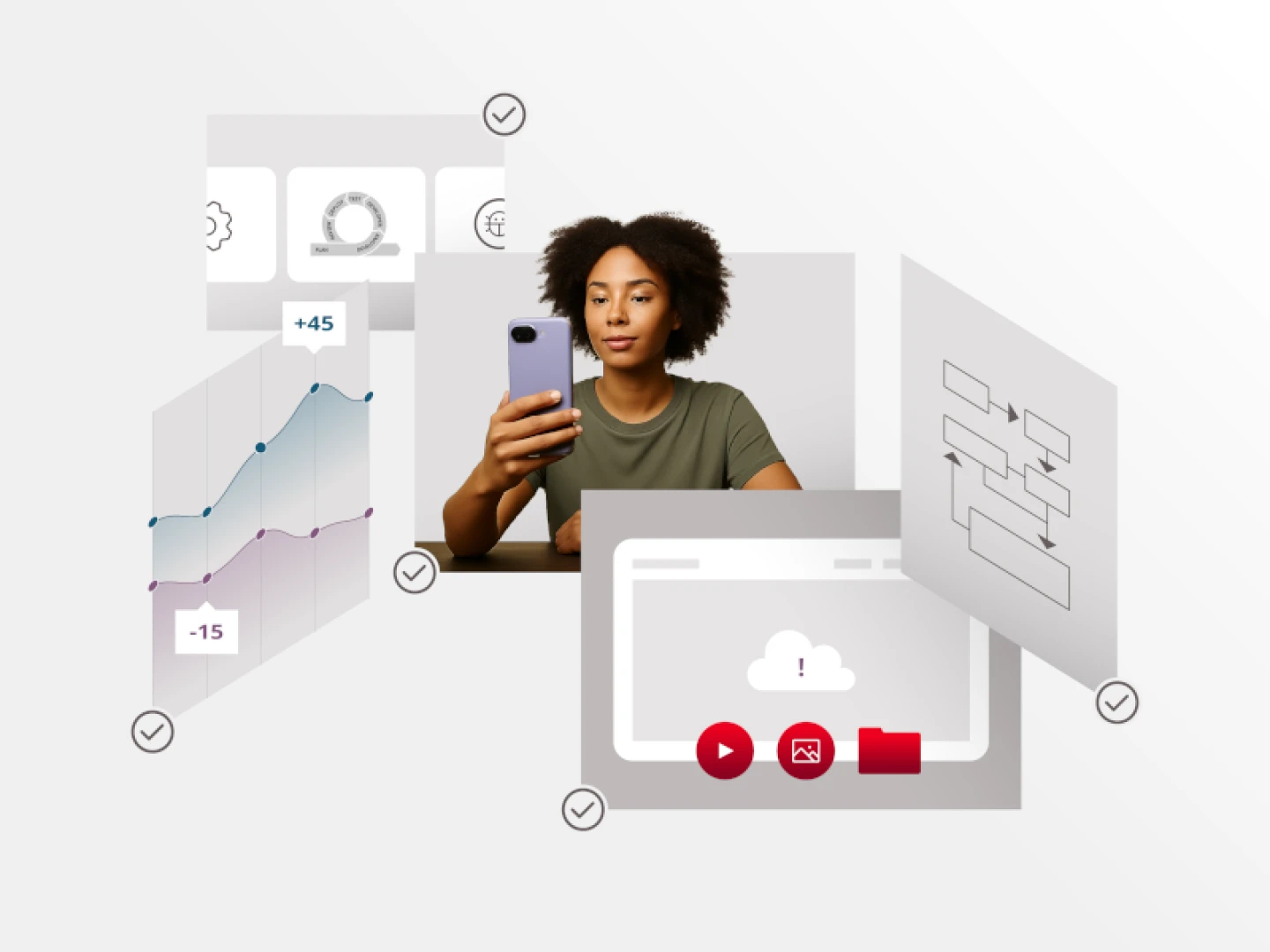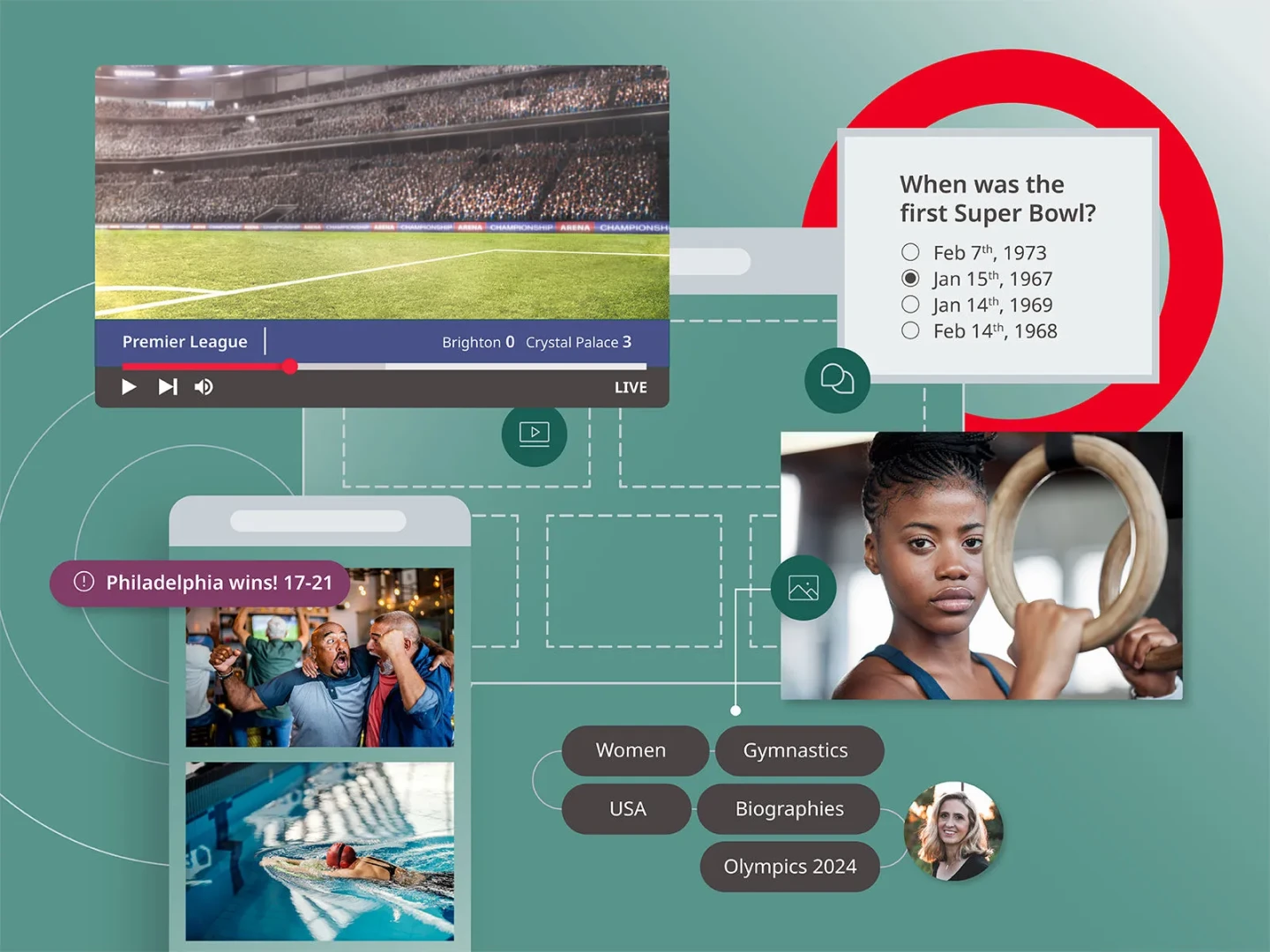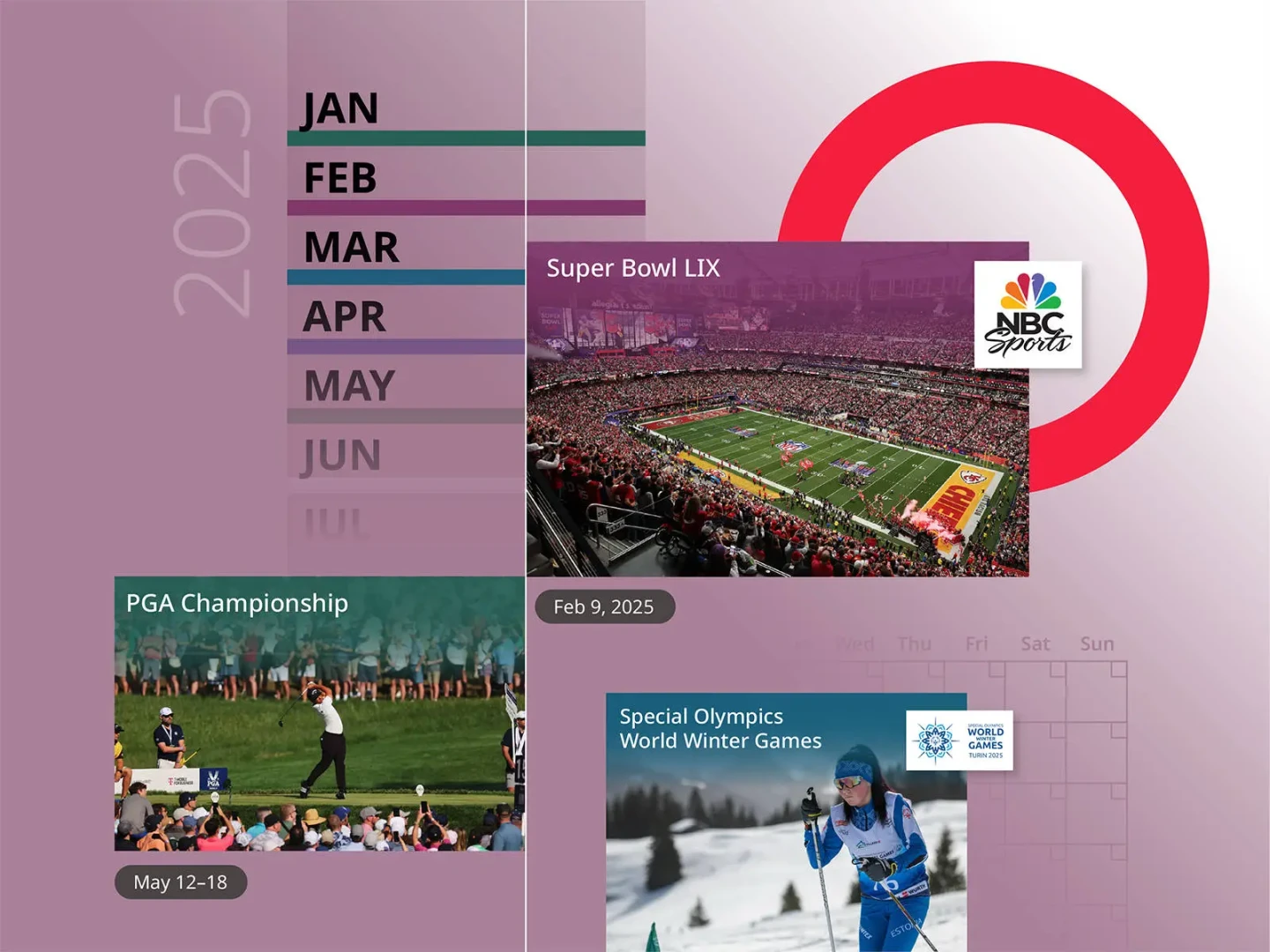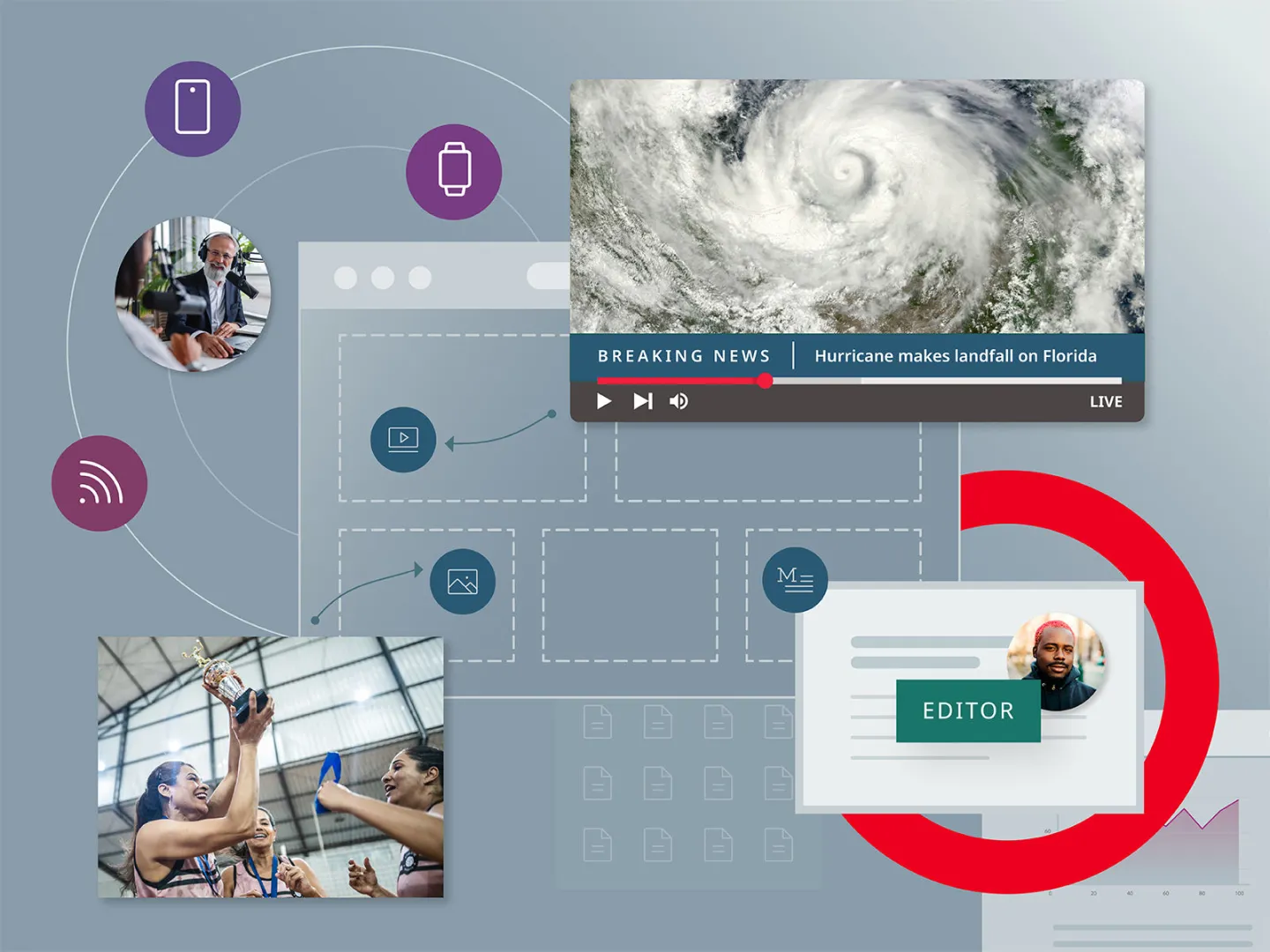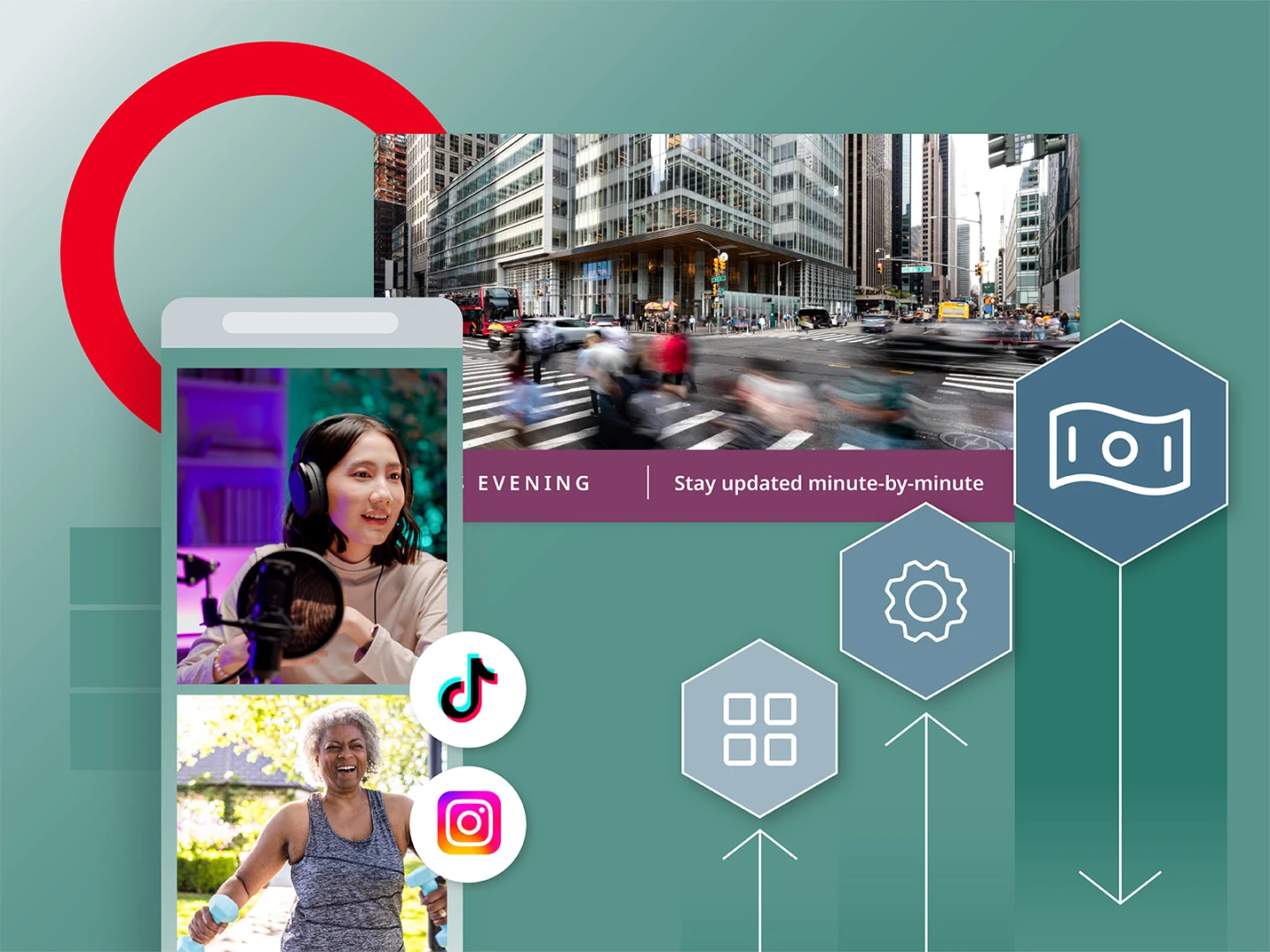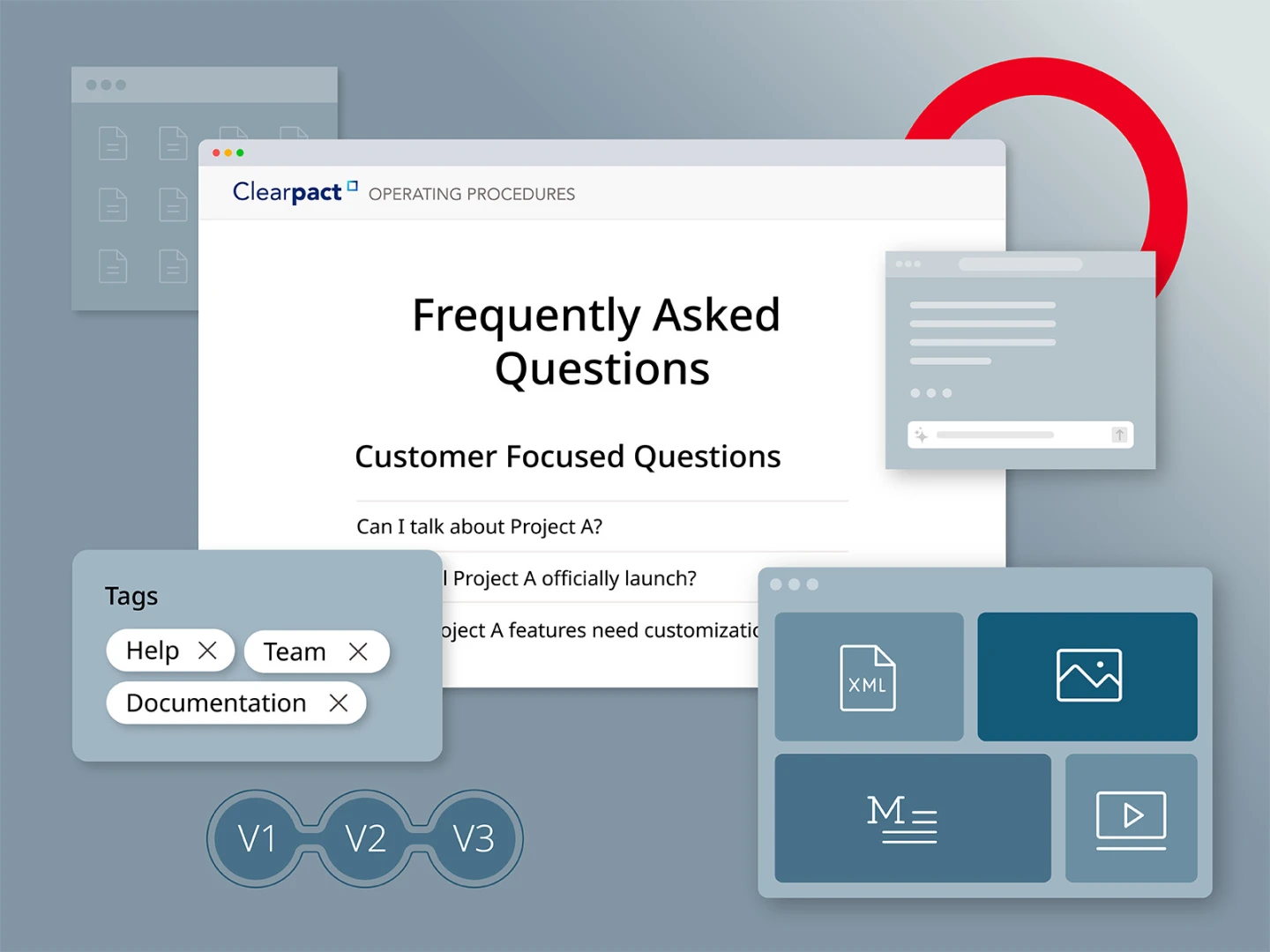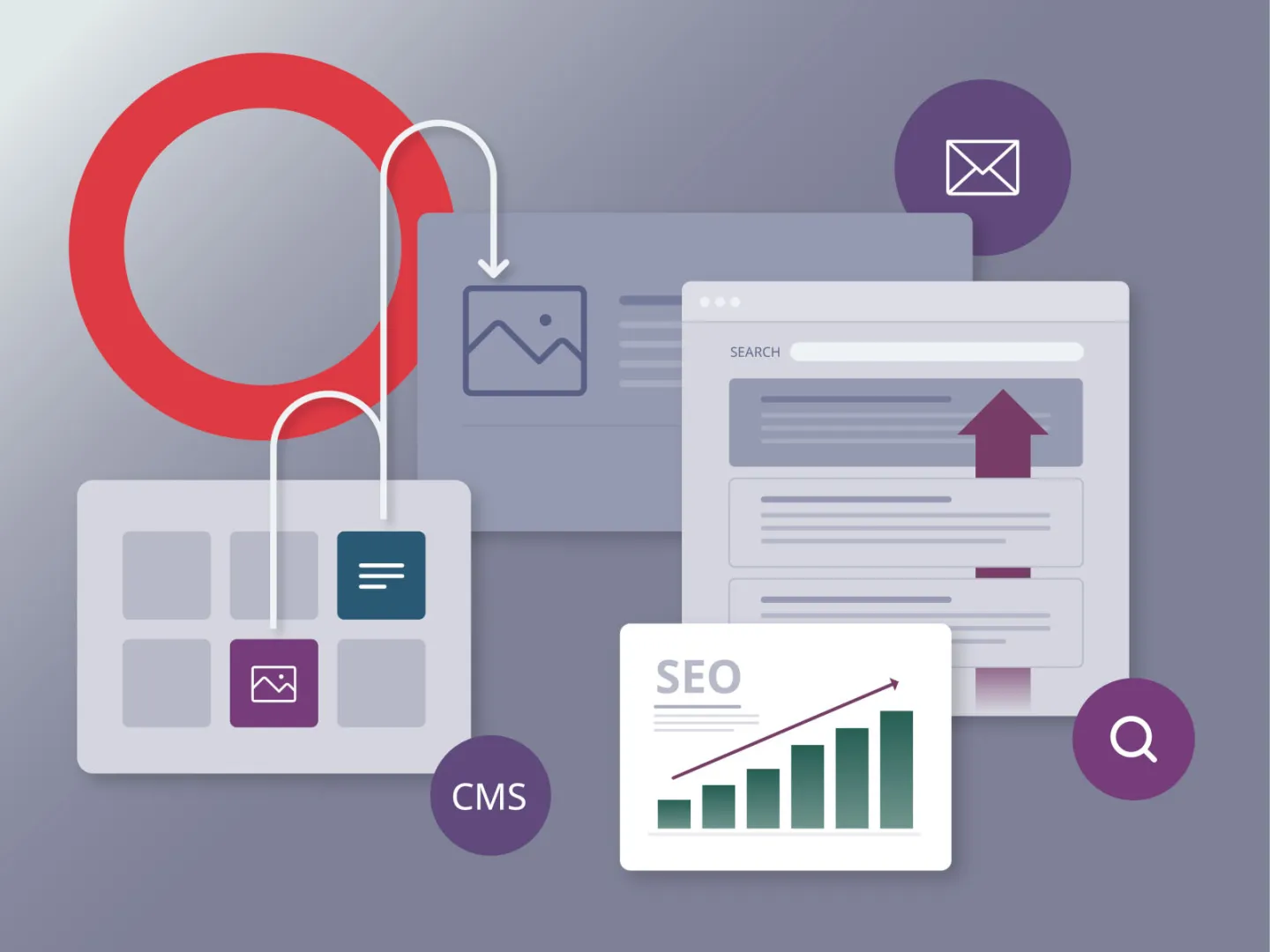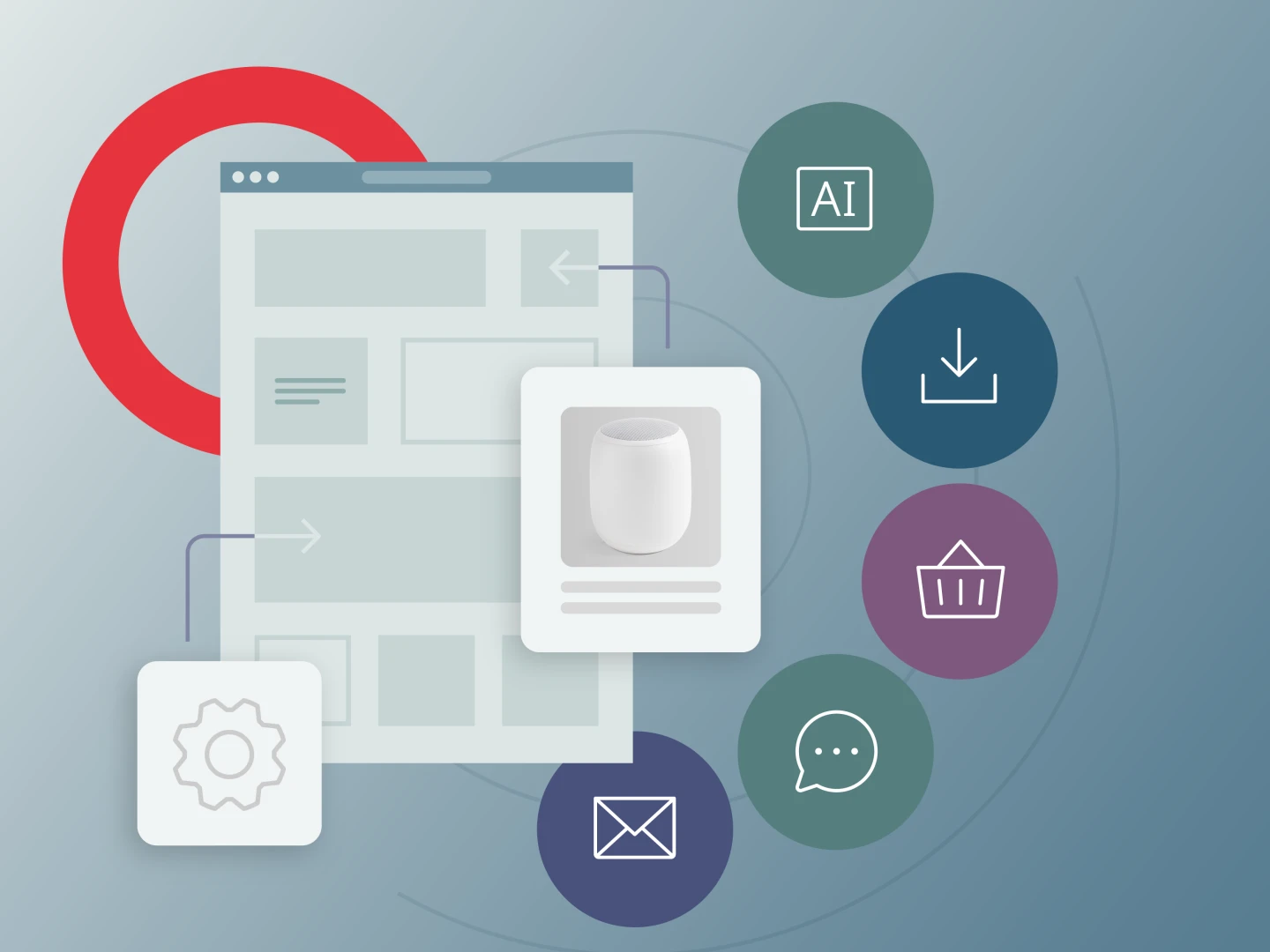CMS insights
Get expert insights about extending the full capabilities of your content management system to publish content, manage digital experiences and reach the right audiences no matter the channel or device.
Brightspot gives publishers the speed, flexibility and control they need to keep up with today’s nonstop news cycle. From faster workflows to powerful integrations, it’s built to help teams publish smarter and adapt quickly as audience expectations evolve.
AI now blends into content workflows, helping teams move faster without losing control. Hear from Brightspot experts about adoting AI effectively.
A/B testing is the first step toward delivering personalized experiences at scale, enabling teams to understand what resonates with every audience segment. Find out here how Brightspot CMS enables content teams to run A/B tests quickly, track results in one place and optimize campaigns with confidence.
Use a CMS to enhance content marketing with automation, collaboration tools and real-time data insights across digital channels.
Manufacturers face rising pressure to deliver accurate, localized and compliant content across complex product lines and global markets. A modern CMS isn’t just helpful, it’s mission-critical.
In today’s nonstop news cycle, the right CMS can be a newsroom’s greatest asset. From real-time publishing to AI-driven tools, Brightspot helps media teams deliver faster, smarter and more effectively.
Migrating to a new CMS? Use this checklist to address key pain points, streamline workflows and set your project up for success.
Struggling with slow publishing, high maintenance costs or poor integrations? Discover the hidden costs of an outdated CMS and why an upgrade will save you money in the long-term.
From the Los Angeles Times to U.S. News & World Report to POLITICO, the best of the best in media choose Brightspot. Find out here why the world’s leading publishers chose Brightspot as their CMS — and the successful results that followed.
A great sports website does more than share scores — it immerses fans in the action with real-time updates, personalized content and seamless multimedia experiences. Discover the essential CMS features that power unforgettable moments for sports fans and how they’re shaping the future of digital engagement.
Discover why Brightspot is the best CMS for sports publishers, broadcasters and event organizers. From real-time updates to video highlights, see how it powers seamless coverage of 2025’s top sporting events.
Discover how AI-powered CMS tools can streamline content creation, automate workflows and deliver personalized experiences in news and publishing.
Adobe Experience Manager is one of the largest content management solutions in the world. But with that size comes a reputation for being complex and difficult to learn. While Adobe Experience Manager works well for some organizations, Adobe Experience Manager performance issues, plus the total cost of implementation and time to deployment prove limiting to many.
Learn how broadcasters like NBC Sports, Univision and NPR leverage Brightspot’s CMS to streamline operations and engage audiences across platforms.
As media habits shift, the need for scalable CMS solutions becomes clear to stay competitive across channels. Find out here why digital transformation is vital for broadcasters.
Learn how Brightspot’s knowledge management capabilities empower businesses to improve content accuracy, reduce costs and enhance collaboration across teams.
Choosing the right CMS is essential for success. Here are the key things to evaluate, from ease of use to scalability and cost, before making your decision.
Experience seamless integration, enhanced productivity and AI-driven content creation with Brightspot’s latest release — designed to transform your workflows and elevate your content strategy.


